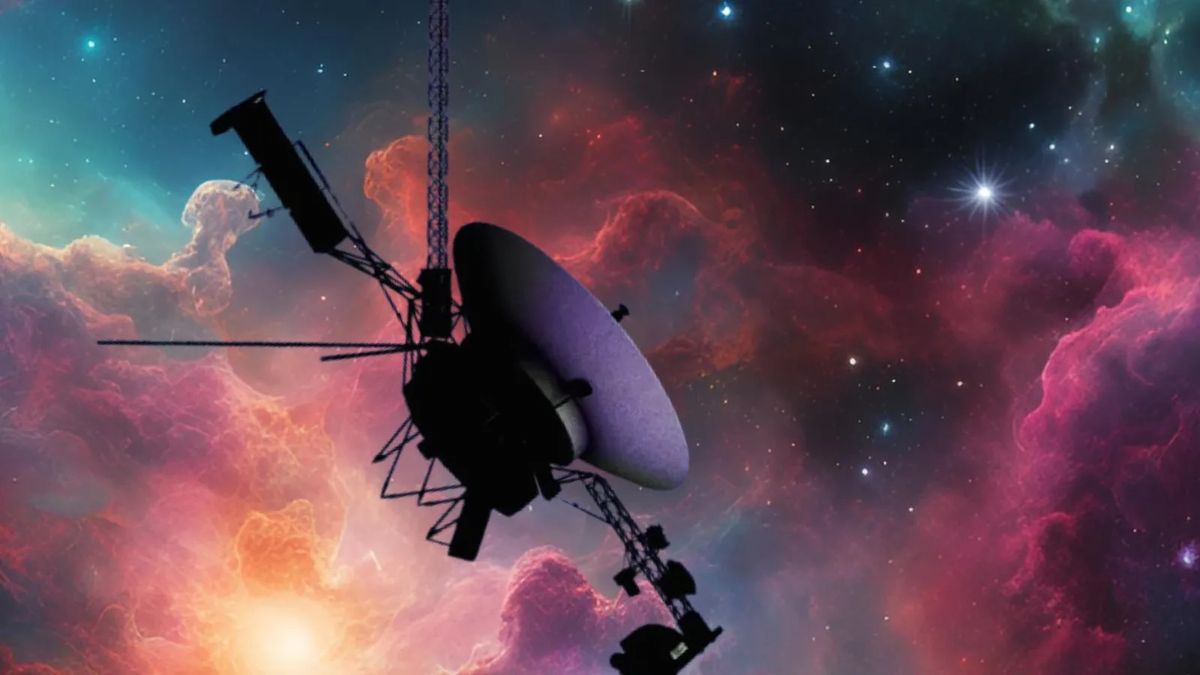Livescience
1M
135

Image Credit: Livescience
NASA switches off Voyager instruments to extend life of the two interstellar spacecraft: 'Every day could be our last.'
- NASA engineers are deactivating instruments on Voyager 1 and Voyager 2 to extend their exploration into interstellar space.
- Voyager 1's cosmic ray subsystem was turned off in February, and Voyager 2's low-energy charged particle instrument will be shut down in March.
- Both spacecraft, launched in 1977, are the farthest human-built objects from Earth, having traveled a combined 29 billion miles.
- The decision to deactivate instruments is to conserve power as the spacecraft's radioisotopic power system gradually loses power each year.
- NASA aims to extend the mission of Voyager 1 and Voyager 2, ensuring they continue to provide valuable data beyond their original purpose of studying outer planets.
- Voyager 1 and Voyager 2 have already exceeded expectations, and shutting down instruments will give them another year of exploration before further adjustments are needed.
- The unique data collected by the Voyager spacecraft in interstellar space makes the decision to turn off instruments significant and carefully considered.
- Both spacecraft are expected to operate with reduced instruments until at least the 2030s, with potential changes based on unforeseen circumstances.
- The Voyager project team is committed to maximizing the spacecraft's exploration time while facing the uncertainty that comes with venturing into uncharted interstellar territory.
- The prolonged mission of Voyager 1 and Voyager 2 highlights NASA's dedication to pushing the boundaries of space exploration despite the challenges posed by aging spacecraft.
Read Full Article
8 Likes
For uninterrupted reading, download the app